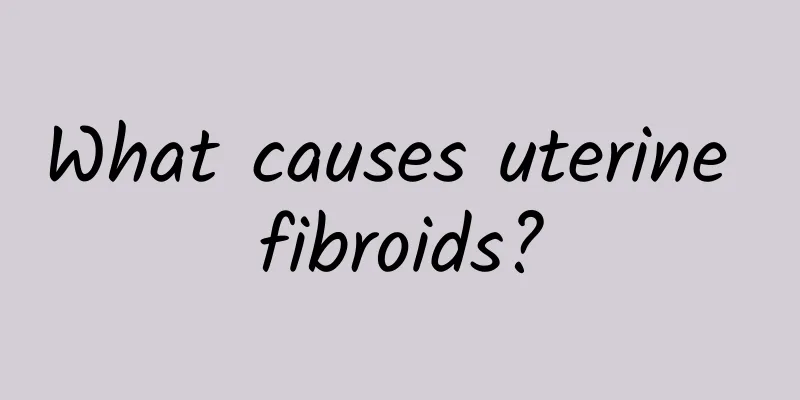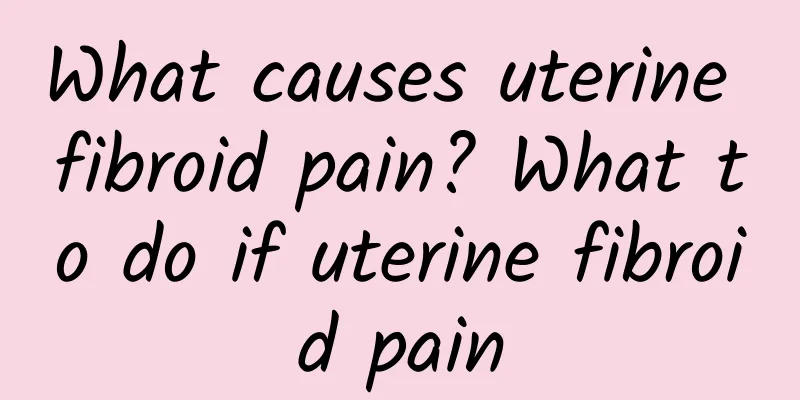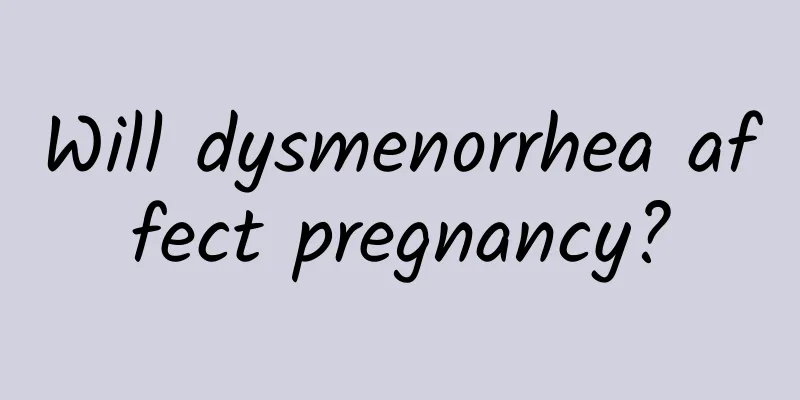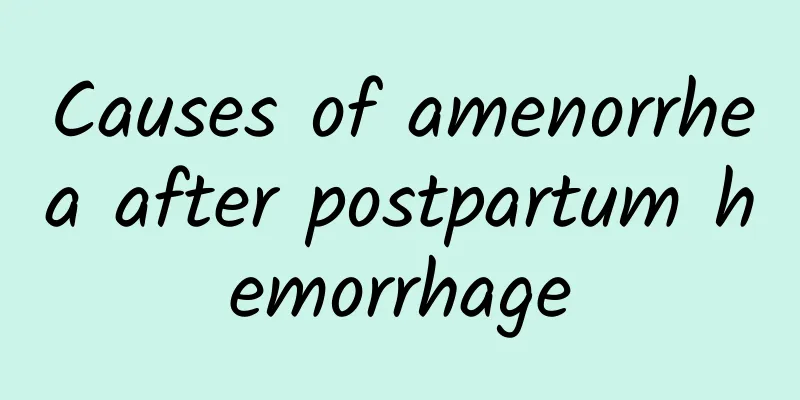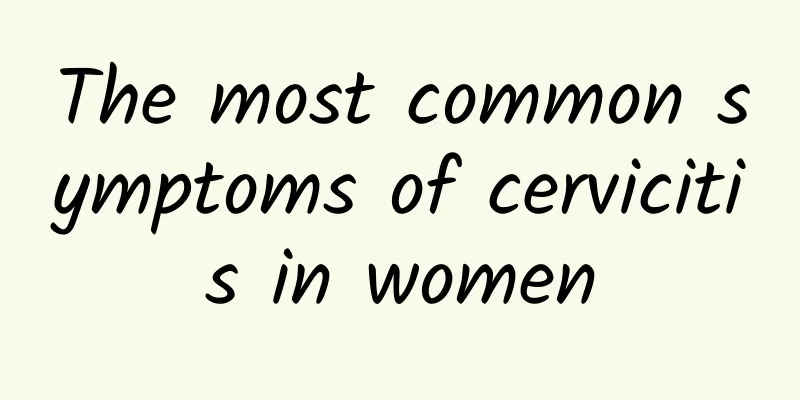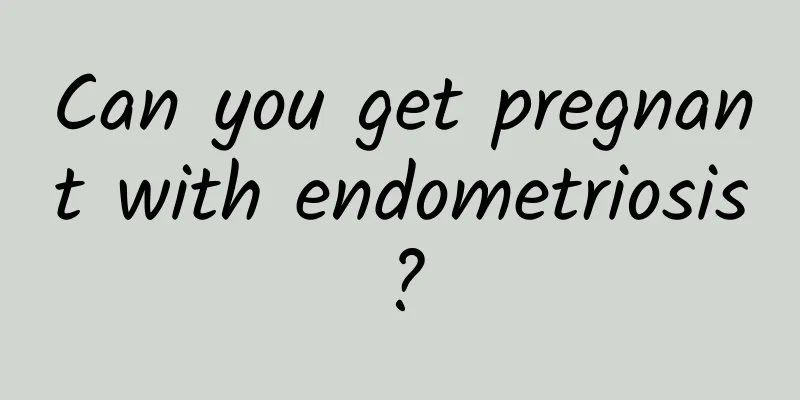What are the surgical methods for treating uterine fibroids? What are the risks of treating uterine fibroids?
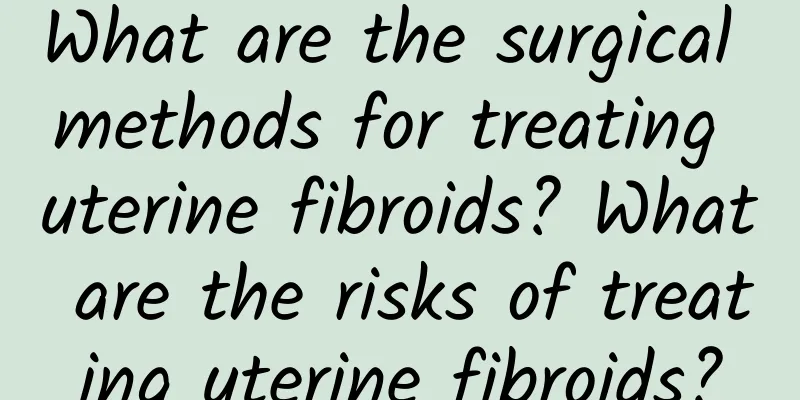
|
Uterine fibroids have a high incidence in life, but most of them are benign. About 20% of fertile women suffer from uterine fibroids. Uterine fibroids are unlikely to worsen, but benign does not mean safe. It can also cause harm to female friends, such as complications such as concurrent inflammation, secondary anemia, infertility, and miscarriage. Therefore, effective treatment options should be taken as soon as possible. Are there any risks in women undergoing uterine fibroid surgery? 1. Abdominal hysterectomy: This is a seemingly radical treatment method for the disease, but patients who do not require fertility often undergo abdominal hysterectomy and hysterectomy for ≥12 weeks of gestational uterus size; frequent menstruation with hemorrhagic anemia; rapid growth of fibroids; symptoms of bladder or rectal compression; failure of conservative treatment, or after myomectomy, the tumor is large or severe. 2. Cervical myomectomy: This is also a more common surgical resection method with certain limitations. If cervical vaginal myoma occurs, the operation is difficult and surgery (vaginal) should be performed as soon as possible; the myoma produces compression symptoms, compresses the rectum, ureter or bladder; the myoma grows rapidly and malignant changes are suspected; young patients need to preserve function, otherwise a total hysterectomy is performed. 3. Vaginal hysterectomy: Vaginal hysterectomy is a common surgical treatment method that has been recognized by many patients. For patients without pelvic adhesions, inflammation, and masses in the adnex, vaginal hysterectomy is used. Patients with no abdominal scars or individual abdominal obesity; those with uterus and fibroids that do not exceed the size of a 3-month pregnancy; those with uterine prolapse can also undergo vaginal resection, and the uterus can undergo pelvic floor reconstruction at the same time; those with no history of previous pelvic surgery, no need to explore or remove the adnex; those with fibroids accompanied by medical complications such as diabetes, hypertension, coronary heart disease, obesity, etc., who cannot tolerate open abdominal surgery. |
Recommend
What is female vulvar itching?
What is the disease of female vulvar itching? Fem...
What to do if you have Bartholinitis and are pregnant
What should I do if I have Bartholin's glands...
Analysis of two common causes of ectopic pregnancy
It is very beneficial for female friends to under...
Several health tips for adnexitis
Suffering from adnexitis is very harmful to women...
Regulate immunity and plan ahead, it’s smart to eat like this in summer! Decoding the commercially available lactic acid bacteria
In the post-epidemic era, in addition to keeping ...
What are the causes of pelvic effusion in women?
The presence of fluid in the female pelvis is a n...
How much does it cost to treat congenital absence of vagina?
Congenital absence of vagina is caused by the sta...
What should I pay attention to if I have cervical warts?
Cervical warts are a common skin disease. The occ...
Once women develop adnexitis, they must not forget the care measures
In our lives, adnexitis is very common. It is a f...
What are the specific symptoms of vulvar leukoplakia?
Vulvar leukoplakia is a type of gynecological dis...
How to relieve dysmenorrhea in girls
Common ways to relieve dysmenorrhea include adjus...
Is it true that threatened abortion cannot be completely cured?
Threatened abortion is increasingly causing fear ...
Why do I get uterine fibroids? How to treat uterine fibroids
Uterine fibroids are the most common tumors of th...
Is it good or bad to have a strong positive result before menstruation on the ovulation test paper
Pregnancy is a very sacred thing, and some pregna...
What are the symptoms of vulvar leukoplakia?
Vulvar leukoplakia is also known as vulvar white ...

